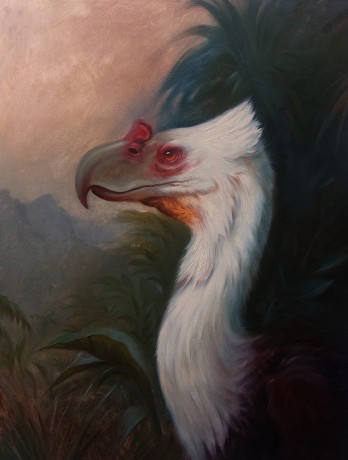Malování stínů v klasické malbě
Pouze v AJ (Angličtináři prominou chyby (spoustu chyb) :-)
Before I start please excuse my english. Do not take it as a professional article. I wrote this just because I would like to share with you my experience and observation. When paint shadows on the picture, you are certainly at least once found yourself in a situation where you do not know what color to use for high-quality paint shade. The answer for you can be just this article. As you know during the Renaissance epoch there was not available so many colors as we have nowdays. It is therefore evident that the method of painting shadows must be different from the modern way . While the foundation of modern shadows is the mixture of dark local color of the object with some blue color and complementary color in it the colors of shadows in classical paintings are completely different from what you can see for example on impressionist paintings. The basis of shadow is in most cases dark brown color mixed with some other colors. For example the basic color for shadow can be provided by exposed groud of the painting. If we take close look on Caravaggio paintings we can find uncovered underpainting (sometimes covered with thin layer of paint) in the shadow areas. He painted his paintings over a red brown ground made up of calcite, earth pigments and little lead white.The ground is clearly visible in several areas of his painting and was of great importance in providing a ready made middle tone in much of the painting of flesh and hair. In his painting The supper at Emmaus (see detail below) detail showing exposed groud used to provide areas of the pattern of the carpet.

On the Rubens paintings we can found a similar manner using exposed underpainting to create shade.Exposed underpainting in his paintings is even more visible than in Caravaggio's works. On the detail below we can see how the exposed imprimatura replacing on some places half shadow and shadow of the cloth.

Another great exaple of using exposed underpainting as a pattern for middle tone , half shadow and shadow shade we can se on painting from Pieter Claesz (below). Underpainting in background at the top right corner was overpainted with thin color layer so it still shines through the layers and make a warm hue. The same effect can be seen on white tablecloth and also on the glass goblet.

to be continued........





